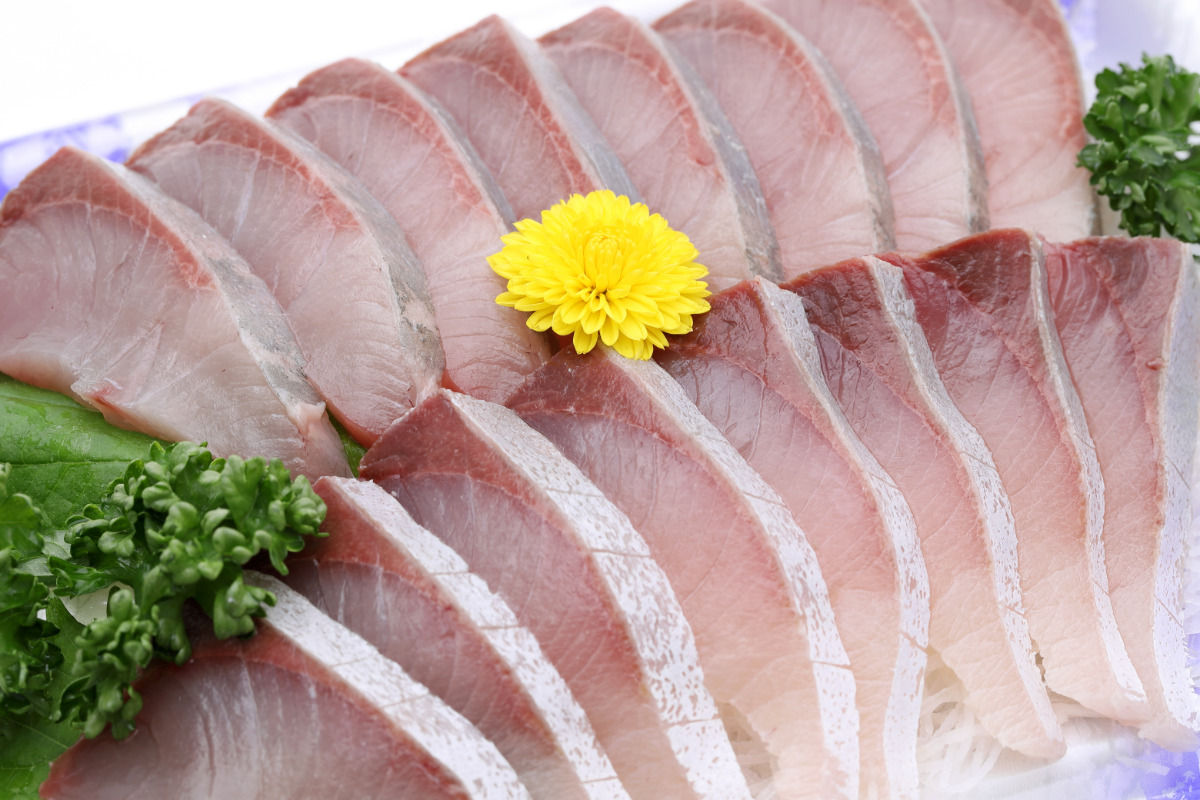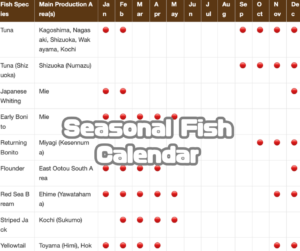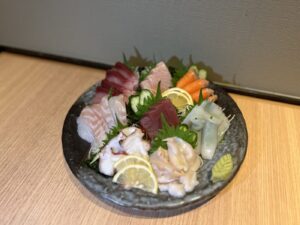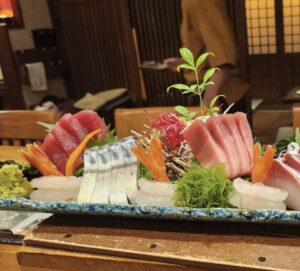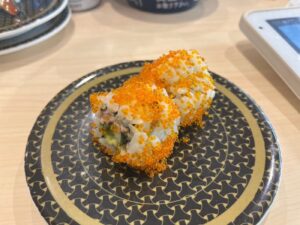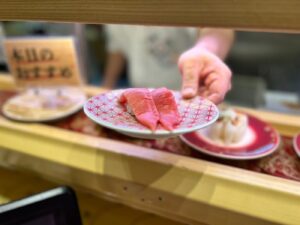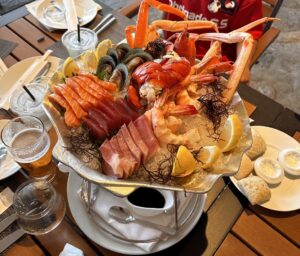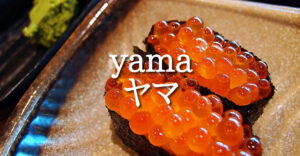Affordable and diverse sushi options can be enjoyed at conveyor belt sushi restaurants. Among the many popular sushi toppings, “Buri,” “Hamachi,” and “Kanpachi” often share striking similarities in appearance and taste. Do you know the differences between these three?
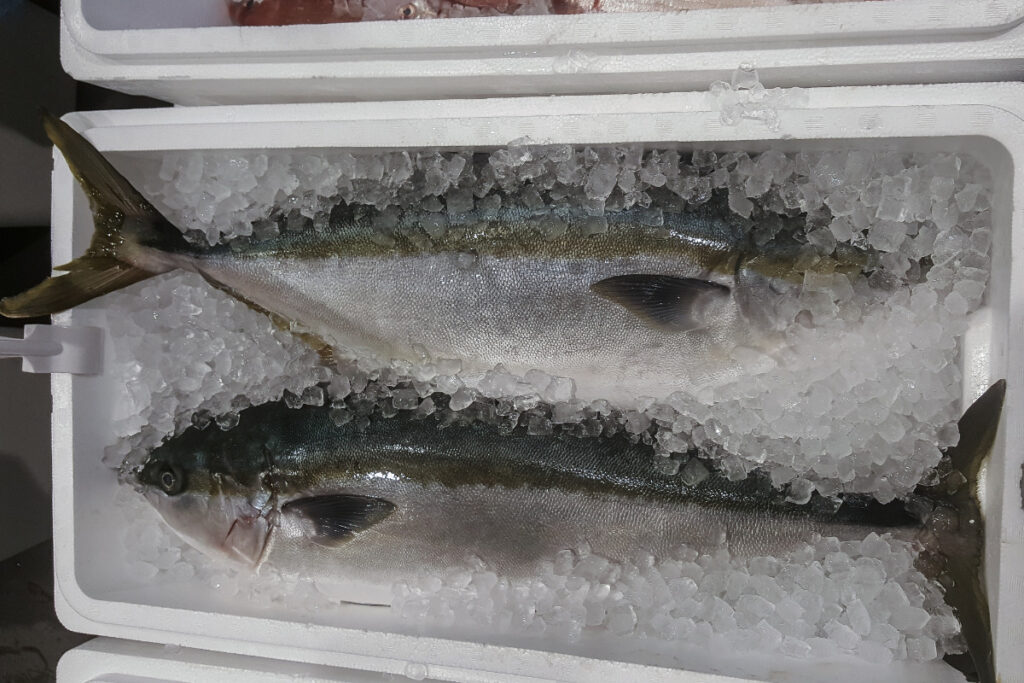
What are the Differences Between Kanpachi, Buri, and Hamachi?
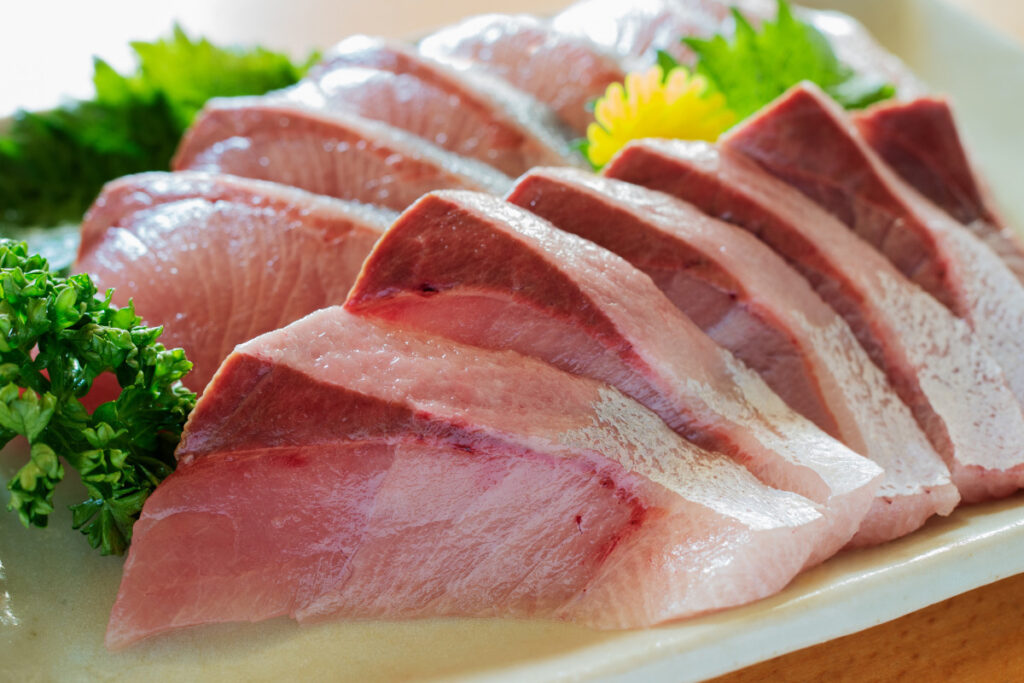
Out of the three fish mentioned earlier, “Buri” and “Hamachi” refer to the same fish. It’s one of the fish species that undergo a name change as they grow, with those typically measuring over 80 centimeters being called “Buri.”
Smaller specimens, measuring around 20 centimeters or less, are called “Wakashi” in the Kanto region, those around 40 centimeters are called “Inada,” and those around 60 centimeters are called “Warasa.” However, in some regions outside of Kanto, fish measuring around 40 centimeters are referred to as “Hamachi.”
Interestingly, the “Hamachi” commonly seen in conveyor belt sushi restaurants is often not a reference to the naming based on the fish’s growth stages but rather denotes farmed “Buri.” This explains why many standard menu items are labeled as Hamachi instead of Buri.
On the other hand, “Kanpachi” is related to Buri but is a distinct fish. Among Buri, those caught during the winter before the spawning season when they are fattier are known as “Kanburi.” However, the “Kan” in Kanpachi doesn’t actually mean “cold.” It is called “Kanpachi” because of a pattern resembling the number “eight” between its eyes. Kanpachi’s spawning season primarily occurs from spring to summer, and it is considered delicious during the hotter months.
In summary, Buri and Hamachi are tastier in the colder months, while Kanpachi shines during the warmer seasons.
By the way, there is also a fish called “Hiramasa,” which is related to Buri and Kanpachi. Among the three species, Hiramasa grows the largest. Hiramasa has a flat body compared to Buri and Kanpachi, and its distinctive feature is its lighter and refreshing taste, with less fat than Buri and Kanpachi.
Buri, Hamachi, Kanpachi, and Hiramasa are not white fish
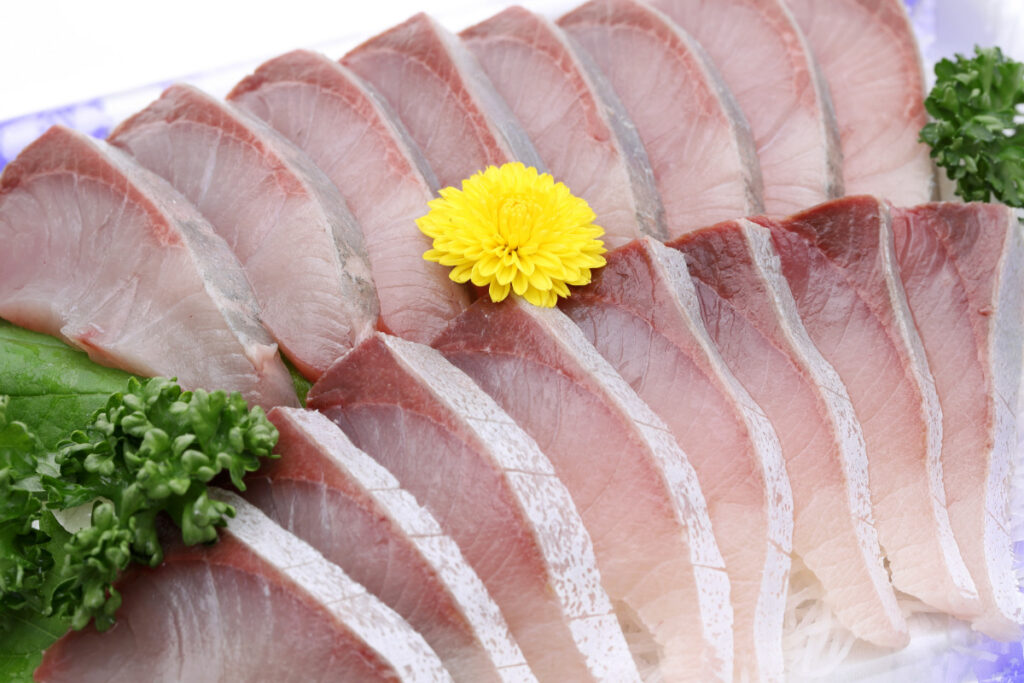
Now, many people may think that these fish have white flesh because of their appearance, but they are actually classified as “red fish.”
The difference between white fish and red fish lies in the amount of hemoglobin, a blood pigment protein, and myoglobin, a muscle pigment protein, present in their muscles. Although fish like Buri may have white-looking flesh, they are categorized as red fish due to their rich “bloodline,” which contains a deep red hue.
Incidentally, when it comes to surprising classifications based on flesh color, salmon is actually considered a white fish. Its red coloration comes from consuming food like shrimp and crab relatives that contain astaxanthin, a red pigment.

